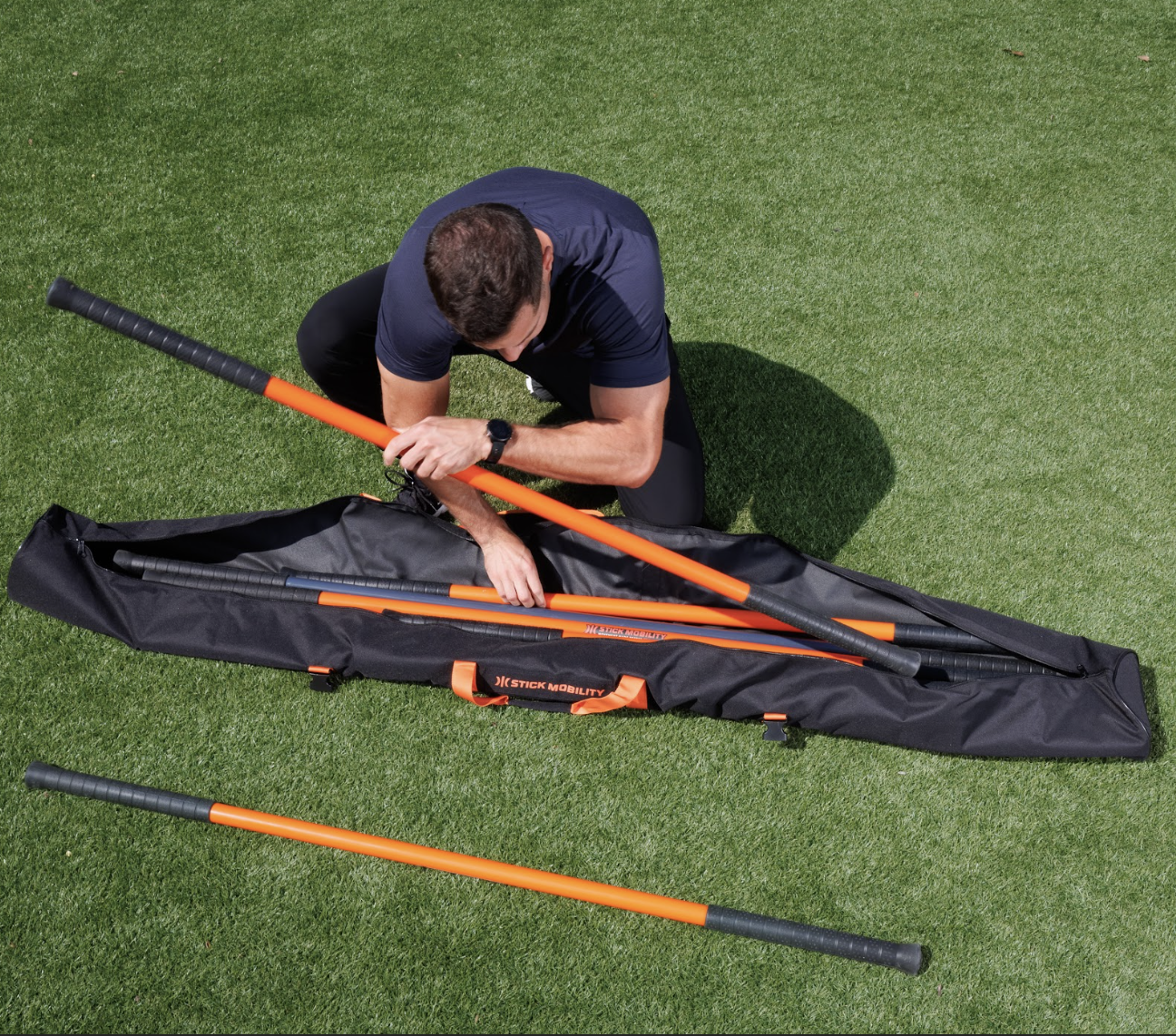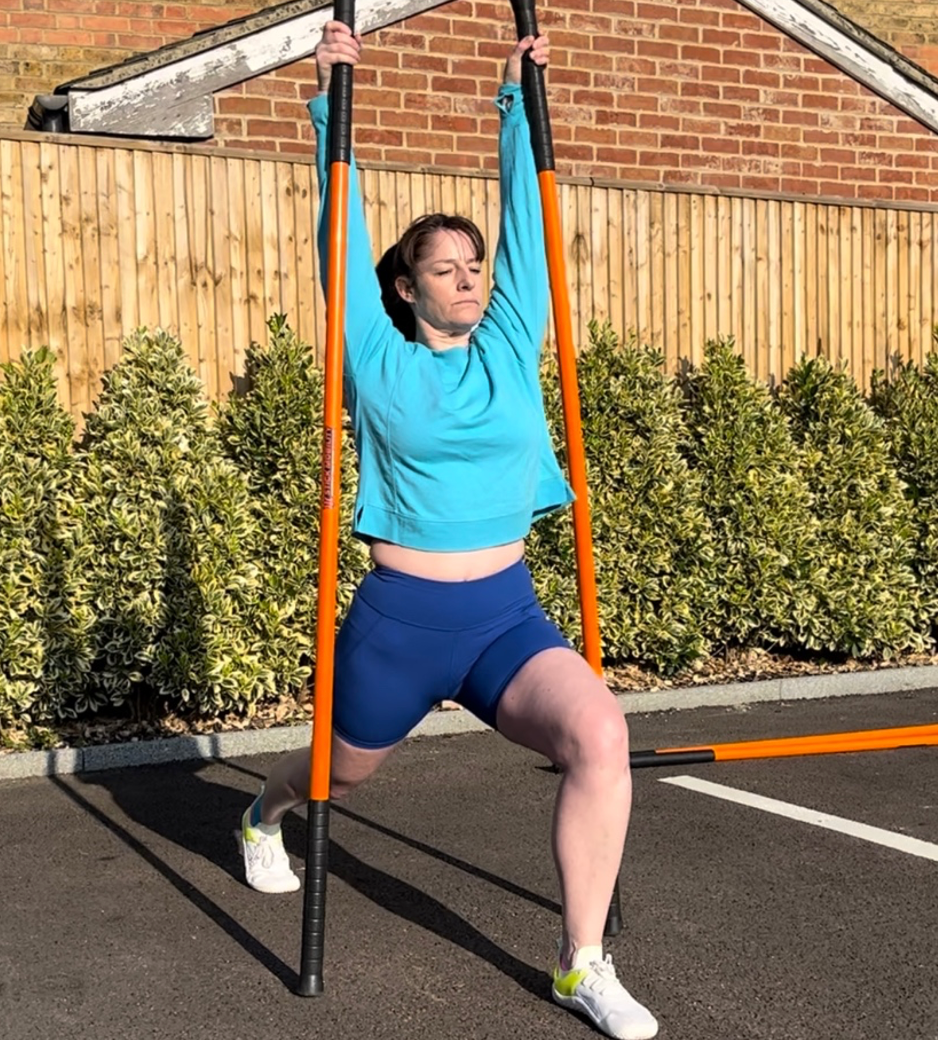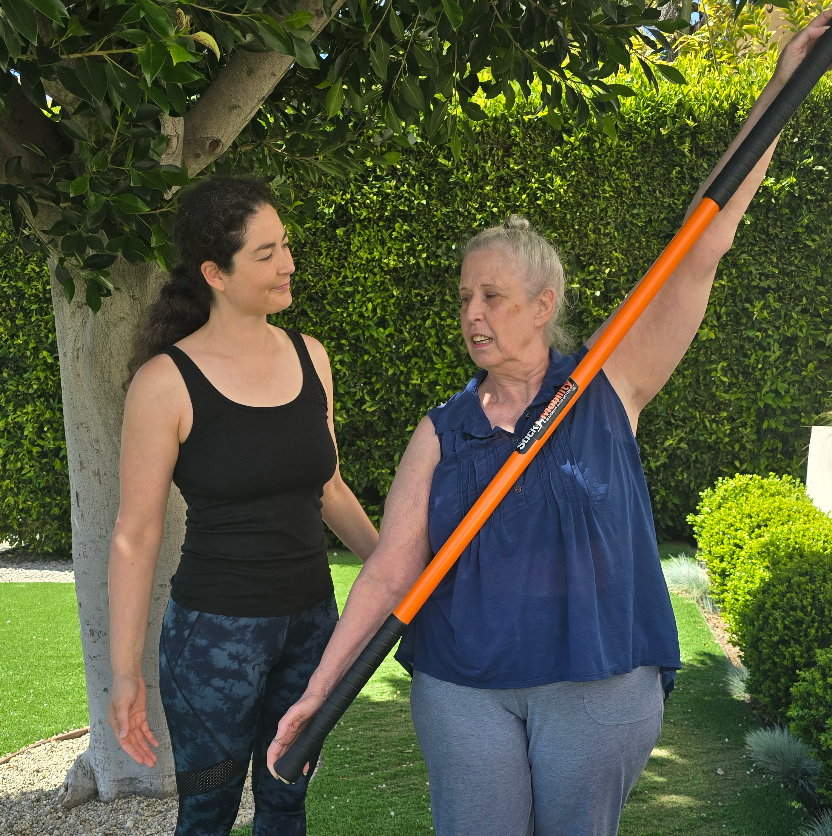Stick Mobility Training Sticks are more than just stretching sticks, they are an invaluable stretching tool for enhancing flexibility, strength, and overall fitness. To ensure you get the most out of your Training Sticks, it's important to understand how to properly care for them. This guide covers essential aspects of flexing, anchoring, storage, surroundings, and temperature considerations to help you maintain your Training Sticks in excellent condition.
Proper Techniques for Flexing Stick Mobility Training Sticks
The Stick Mobility Training Sticks are designed to bend, which is integral to many exercises. However, the primary objective is not to see how far you can flex the Training Sticks. Over-flexing can compromise their integrity. Our sticks are strong and durable, but may break if they’re continuously over flexed or used outside of their intended purpose.
In all of our moves, creating flex into the stick is a byproduct, or result, of the move that we’re executing. The flexing allows us to add that element of tension to the tissues so that you’re building strength at your end range of motion. Remember, the bulk of the isometric training comes from driving the stick into something vs. the flexing of the stick.
Tip for Flexing:
Rotate the Training Stick Between Movements: After flexing the stick, rotate it slightly before performing the next movement. This practice helps distribute the stress across the stick more evenly, preserving its lifespan. You can use the logo in the center of the stick as a reference point.
How to Anchor Stick Mobility Training Sticks Safely
Anchoring the Training Sticks ensures effective and safe workouts. The Training Sticks feature silicone, non-slip grips designed for a secure grip in your hand and stable anchoring on most surfaces
Anchoring Tips:- Hand Grips: Ensure your hands grip the silicone handles securely.
- Ground, Ceiling, or Wall: Anchor the Training Sticks firmly into the ground, against a wall, or the ceiling for stability during exercises. Avoid anchoring to a surface or material that could slide, such as a small floor rug.
Storage Tips to Prevent Damage to Your Stick Mobility Training Sticks
- Proper storage of your Training Sticks is crucial to maintaining their shape and functionality. Although Stick Mobility does not currently provide specific storage solutions, there are many options available.
Storage Guidelines:
- Avoid Stacking: Do not stack the Training Sticks on top of or in front of each other. This can lead to permanent bending.
- Vertical or Horizontal Storage: Hang the Training Sticks vertically or horizontally. If horizontally, ensure there is support at multiple points of the Training Stick to ensure it is not bent.

Recommended Wall Storage Options:
Creating a Safe Workout Environment with Stick Mobility Training Sticks
- Before starting any movement, ensure you have enough space to perform exercises safely. Be familiar with the length of the Training Stick you are using.
Surroundings Checklist:
- Clear Space: Make sure there is enough room around you to avoid hitting objects or people.
- Safety First: Always prioritize safety by removing obstacles from your workout area.
Temperature Guidelines for Maintaining Stick Mobility Training Sticks
Extreme temperatures can affect the durability and performance of your Training Sticks.
Temperature Tips:
- Avoid Extremes: Do not expose your Training Sticks to very hot or cold environments.
- Room Temperature Storage: It is ideal to store the sticks in a room-temperature environment of 68°F to 77°F (20°C to 25°C) to ensure they remain in optimal condition.
- Do not use the Training Sticks if the temperature is below 50°F (10°C) or greater than 110°F (43°C)
Ensuring Longevity of your Stick Mobility Training Sticks
Proper care and maintenance of your Training Sticks ensure their longevity and optimal performance. The same principles apply to your fitness journey. Taking the time to look after your body, through regular exercise, proper technique, and mindful recovery, parallels the care given to your training tools.
Conclusion
A little care for your Stick Mobility Training Sticks goes a long way in preserving their functionality, just as dedicated care for your body ensures long-term health and fitness. Ready to enhance your fitness journey? Shop Stick Mobility Training Sticks now and start benefiting from increased flexibility and strength!


